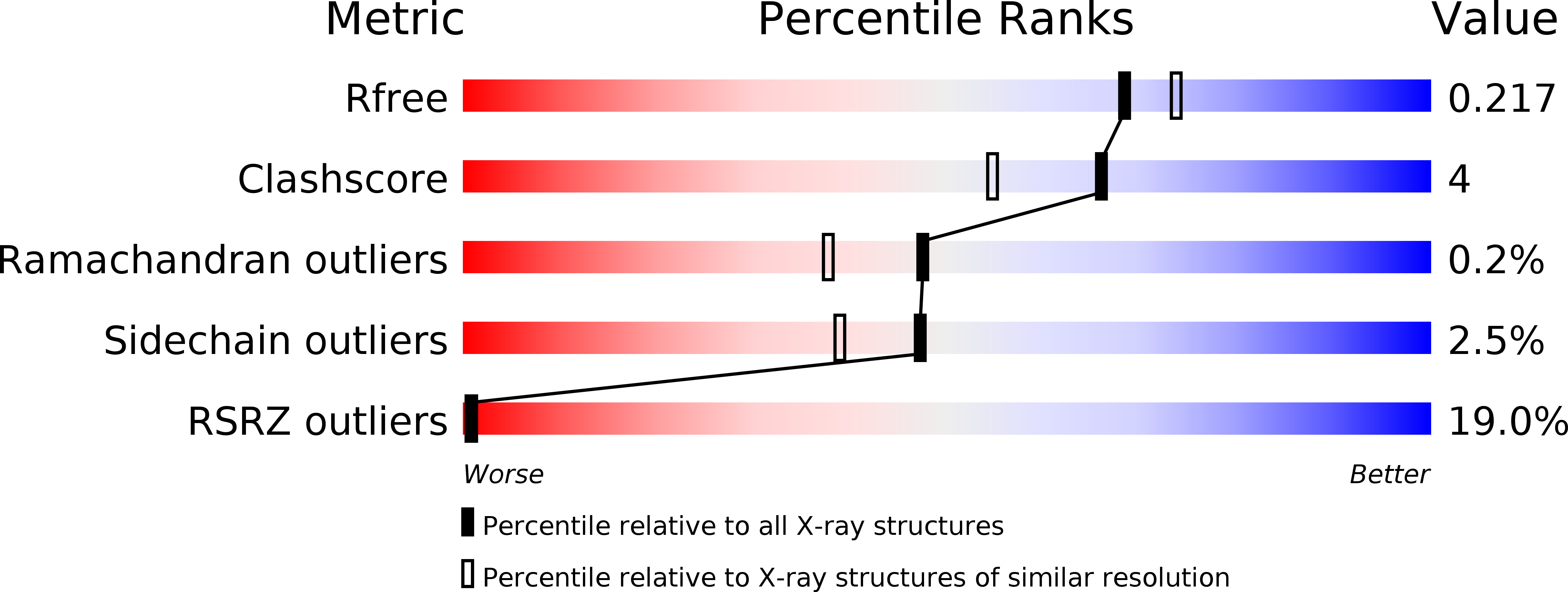
Deposition Date
2018-05-08
Release Date
2018-09-05
Last Version Date
2023-10-11
Entry Detail
PDB ID:
6DCR
Keywords:
Title:
E. coli PriA helicase winged helix domain deletion protein
Biological Source:
Source Organism:
Escherichia coli (strain K12) (Taxon ID: 83333)
Host Organism:
Method Details:
Experimental Method:
Resolution:
1.98 Å
R-Value Free:
0.21
R-Value Work:
0.18
R-Value Observed:
0.18
Space Group:
P 1 21 1


